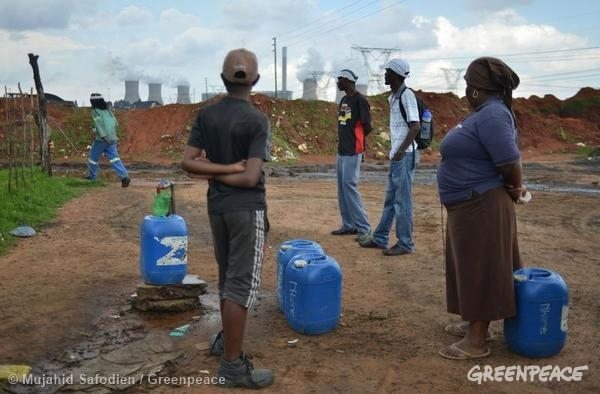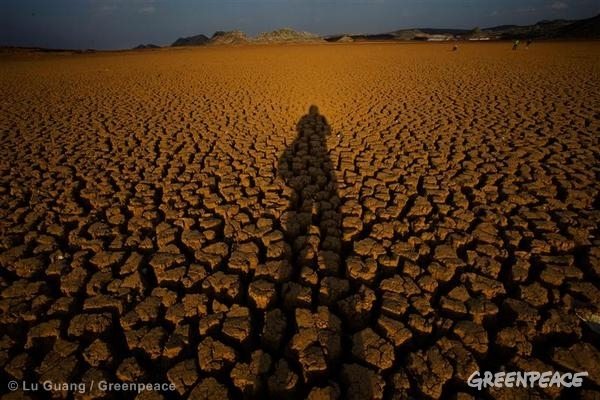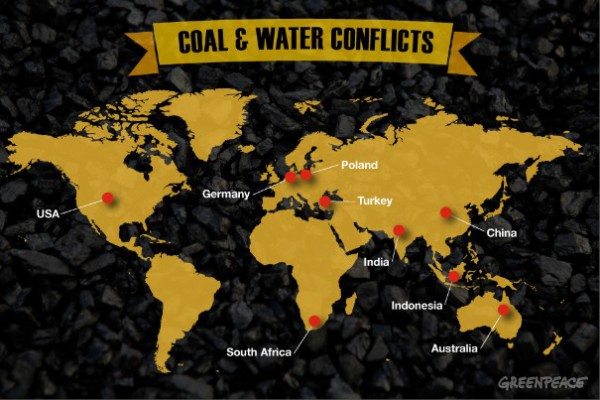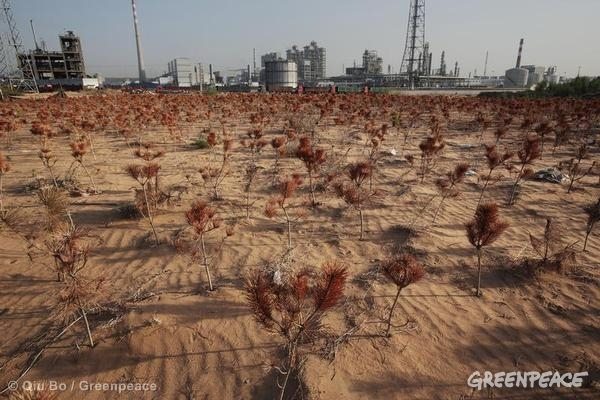Why do we so rarely talk about coal’s impact on already scarce water resources in Australia and around the world? This World Water Day, let’s take a good look at one of the most important questions facing the human population right now: Where is all the water?
The global water crisis is the biggest looming risk to the health and wellbeing of humans across the globe. Despite this looming crisis, there are plans for more than 1350 new coal plants expected to go online by 2025. Much of the proposed coal expansion is in already water stressed regions – regions that already have limited available water for sanitation, health and livelihoods.
We can no longer prioritise the health of the fossil fuel industry over the health of communities. Take a look at these 8 facts that expose the injustice of the global water crisis.
- Every 3.5 minutes a typical coal-fired power plant withdraws enough water to fill an Olympic-sized swimming pool.
- Carmichael, the mega coal mine proposed to be built in a drought prone area of Queensland, would require a whopping 12 billion litres of water for its operations. That means in a year, Carmichael would use equivalent to three years of worth of drinking water for the people of Queensland. Drawing down groundwater levels by digging the mine would also have a massive, lasting impact on surrounding area.
- Globally, coal plants use as much water as would meet the basic needs of 5 billion people – and this is set to double by 2035, according to the International Energy Agency
- 1.2 billion people, or almost one-third of the world’s population, now live in countries with where water resources is approaching or has exceeded sustainable limits
- South Africa, a water-stressed country with a water availability of only 973m3 of water per capita, is over 90 percent dependent on coal for electricity generation. Eskom, South Africa’s main energy company, consumes the same amount of water in one second to run its power plants as one person uses in a year. As a result, some local residents are forced to buy bottled water, because no clean drinking water is available.

Water pond at an informal settlement in South Africa, with Duvha coal-fired power station in the background. Community members wait around a communal tap to collect water for household use. Many people are forced to buy bottled drinking water because of concerns about the quality of tap water. - India, with the second biggest proposed coal plant fleet in the world, is already a water-stressed nation, with an alarming 3.5 percent of the world’s water resources to support 1.2 billion lives.
- India’s coal plants will consume water that can irrigate at least one million hectares of farmland. Over the last decade, 40,000 farmers have committed suicide in the state of Maharashtra due to lack of water for irrigation.
- For China, the biggest proposed coal plant fleet in the world, has an alarming 5 percent of the world’s water resources for 1.3 billion people.
Hand-planted pine trees around the Shenhua coal-to-liquid facility have died due to lack of water. For 10 years, this Chinese state-run organisation, the world’s biggest coal producer, has been exploiting water resources at a shocking rate. Shenhua’s operations sparked social unrest and caused severe ecological damage, including desertification, impacting farmers and herders who are facing reduced water supplies in what was once a fertile farming area. In 2014, Shenhua agreed to develop an action plan to stop extracting groundwater.
It’s time to step back and assess this issue. What’s more important: having electricity to power an ever more imbalanced global economy, or billions of people having enough food and water to sustain themselves?
With energy, we have lots of options to choose from – some that require far less water for energy generation. With water, we don’t have options.
Enough is enough. Adani’s Reef-wrecking Carmichael coal mine will require a whopping 12 billion litres of water to operate every single year. This is a body blow for precious water reserves in an area prone to drought. You can take a stand today. Click here to join the movement to protect our water, climate and Reef now.
Written by Iris Cheng, Climate and Energy Campaigner at Greenpeace International and Rashini Suriyaarachchi, Digital Communications Officer at Greenpeace Australia Pacific.





